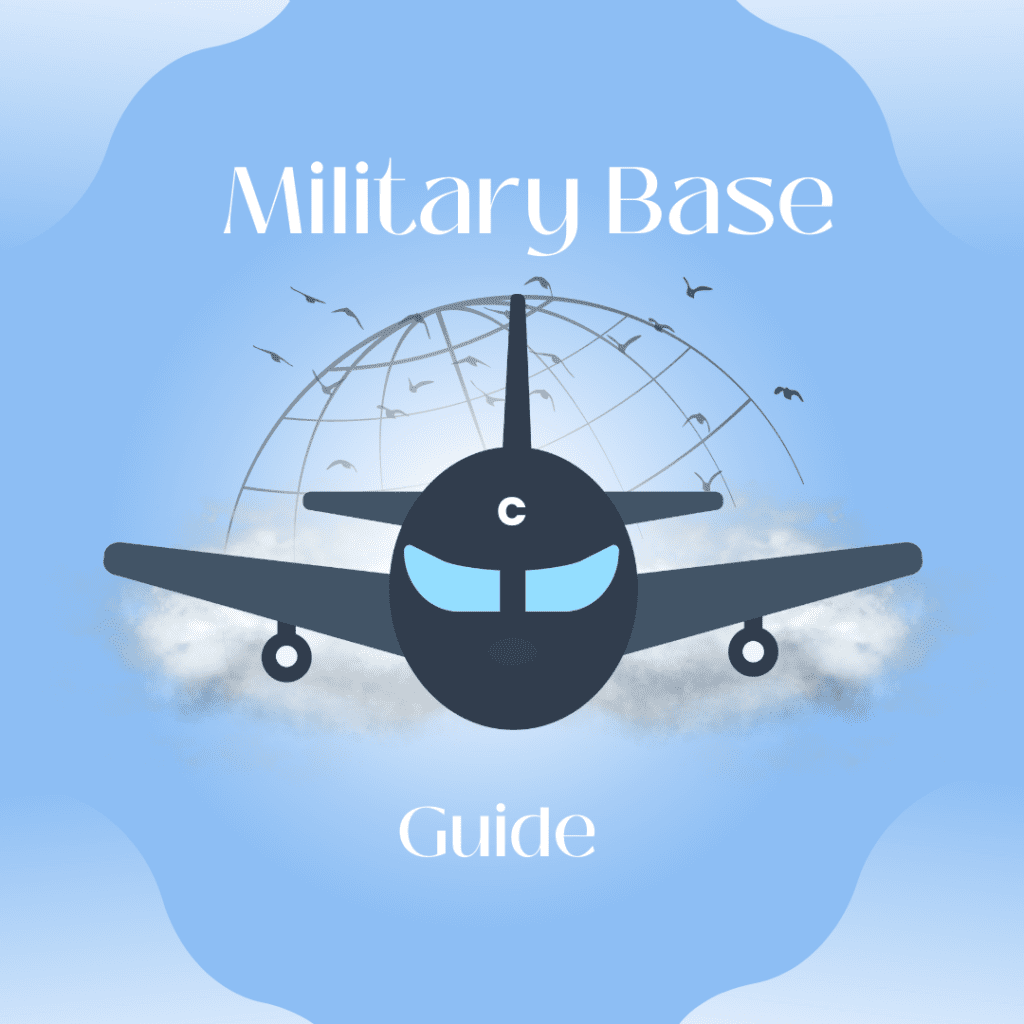Military vacation homes offer unique opportunities for service members and their families. These properties, ranging from privately owned residences to government-sponsored options, provide a much-needed respite from the demands of military life. This guide explores the various aspects of owning or renting a military vacation home, from location and affordability to the benefits and challenges involved.
We will delve into the diverse ownership models, typical amenities, and the specific needs of the target audience, including active-duty personnel, veterans, and their families. We’ll examine the geographical distribution of these homes, considering proximity to military bases and popular vacation destinations, as well as discuss the associated costs and financial considerations.
Defining “Military Vacation Homes”
Military vacation homes represent a diverse range of properties offering respite and recreation for members of the armed forces and their families. These homes cater to a specific need, providing affordable and accessible vacation options for a population often facing unique challenges regarding travel and leisure time. The ownership and management models vary significantly, impacting accessibility and amenities.
Military vacation homes encompass properties owned privately, operated by government agencies, or managed by military associations or non-profit organizations. Each model presents different benefits and limitations, influencing cost, availability, and the overall vacation experience. Regardless of the ownership structure, the common thread is the provision of affordable and convenient vacation options specifically for military personnel and their dependents.
Ownership Models of Military Vacation Homes
The diverse ownership models of military vacation homes contribute to their varied accessibility and affordability. Privately owned homes often operate on a rental basis, offering flexibility in terms of location and amenities but potentially at a higher cost. Government-sponsored programs, on the other hand, may offer subsidized rates or prioritize military personnel in allocation. Association-managed homes, often established through non-profit organizations or military support groups, strive to provide affordable and community-focused vacation experiences. Each model serves a unique purpose within the broader landscape of military vacation options.
Amenities and Features of Military Vacation Homes
The amenities and features found in military vacation homes are often tailored to the needs and preferences of their target audience. Common features include fully equipped kitchens, comfortable bedrooms and living areas, and access to outdoor recreational spaces such as swimming pools, playgrounds, or nearby beaches. Some properties may offer additional amenities like laundry facilities, Wi-Fi access, and barbecue grills. The specific amenities will vary depending on the size, location, and ownership model of the property. For instance, a government-sponsored facility might offer more basic amenities, while a privately owned home might boast more luxurious features.
Target Audience for Military Vacation Homes
The primary target audience for military vacation homes includes active-duty military personnel, veterans, and their families. These homes provide a much-needed opportunity for relaxation and recreation, particularly for families who may face frequent relocations and deployment-related stress. The affordable nature of many military vacation homes makes them an accessible option for those on military salaries. Veterans’ organizations often play a crucial role in providing access to these homes, further emphasizing the focus on serving those who have served the country. The properties offer a valuable respite from the demands of military life, fostering family bonding and enhancing overall well-being.
Epilogue
Owning a military vacation home presents a compelling blend of benefits and considerations. While the advantages of a dedicated getaway for relaxation and family bonding are significant, potential owners must carefully weigh factors such as ongoing maintenance, property taxes, and market fluctuations. Ultimately, the decision hinges on a family’s individual circumstances and financial planning. This guide provides the essential information to help make an informed choice.




